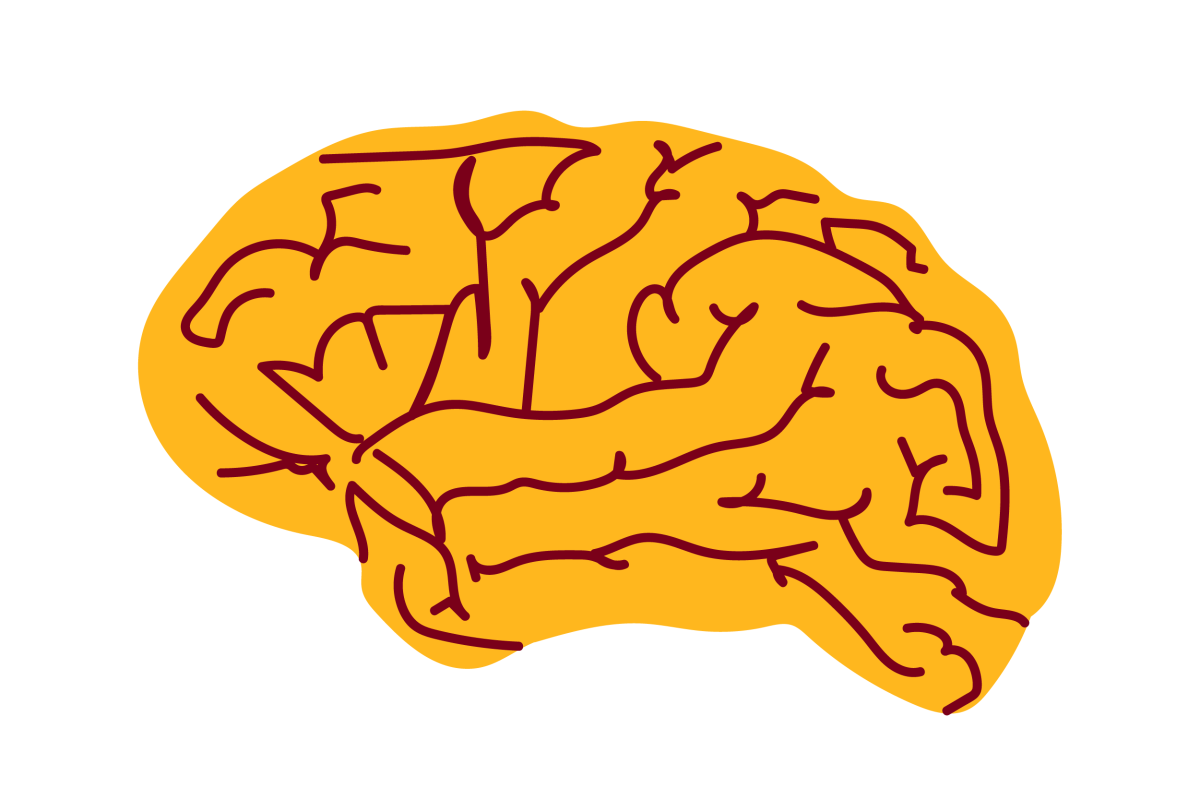Predicting Human Scanpaths in Visual Question Answering [conference paper]

Conference
Conference on Computer Vision and Pattern Recognition (CVPR) - June 19 - 24, 2021
Authors
Xianyu Chen (Ph.D. student), Ming Jiang (postdoctoral associate), Qi Zhao (assistant professor)
Abstract
Attention has been an important mechanism for both humans and computer vision systems. While state-of-the-art models to predict attention focus on estimating a static probabilistic saliency map with free-viewing behavior, real-life scenarios are filled with tasks of varying types and complexities, and visual exploration is a temporal process that contributes to task performance. To bridge the gap, we conduct a first study to understand and predict the temporal sequences of eye fixations (aka scanpaths) during performing general tasks, and examine how scanpaths affect task performance. We present a new deep reinforcement learning method to predict scanpaths leading to different performances in visual question answering. Conditioned on a task guidance map, the proposed model learns question-specific attention patterns to generate scanpaths. It addresses the exposure bias in scanpath prediction with self-critical sequence training and designs a Consistency-Divergence loss to generate distinguishable scanpaths between correct and incorrect answers. The proposed model not only accurately predicts the spatio-temporal patterns of human behavior in visual question answering, such as fixation position, duration, and order, but also generalizes to free-viewing and visual search tasks, achieving human-level performance in all tasks and significantly outperforming the state of the art.
Link to full paper
Predicting Human Scanpaths in Visual Question Answering
Keywords
computer vision, deep learning